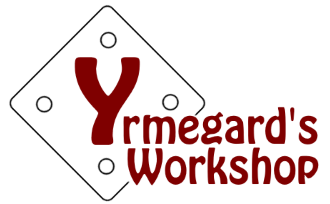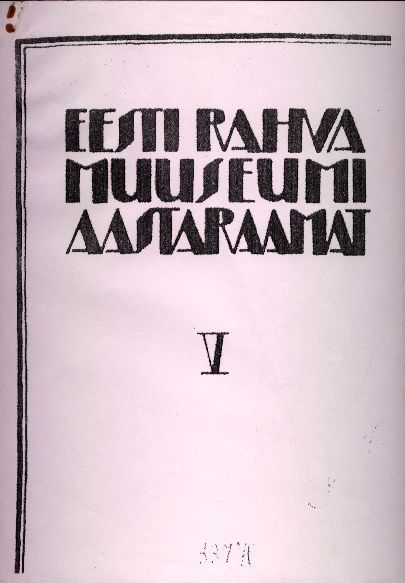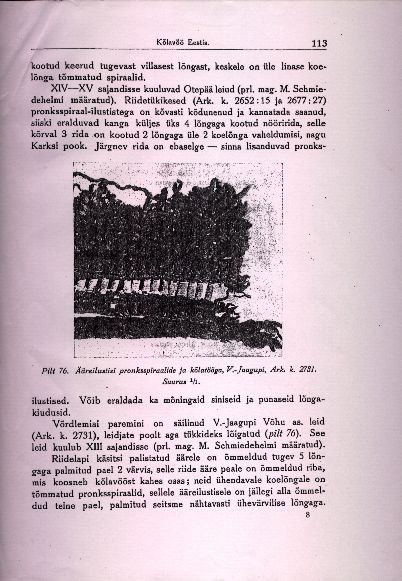Eesti Rahva Muuseum, 1931
This unique text, published in 1931 in the annual journal of the Estonian National Museum, still remains the only detailed overview of tablet weaving traditions in Estonia (a few more focused research papers have been published since). The article, reprinted a year after the original journal, survives in a small number copies in libraries, but copies are mostly in poor condition, for example, in some the photos have been cut out. Reprints and scans of the article are passed from person to person among those interested in the topic, and they spread far beyond Estonia’s borders.
Ethnographer Helmi Kurrik (1883–1960) published numerous books and articles on the Estonian national costume, accessories, also various crafts, mainly textile, needed to reproduce the national costume. Despite the fact that there’s quite a good amount of newer research published since Kurrik’s publications, many of her books are still considered a go-to source for an in-depth study of the topic. Kurrik’s style is descriptive, she gives a lot of detail and makes almost no generalization.
The article on tablet weaving is no exception. It begins with a definition of tablets, a list of related terms in different Estonian dialects, and a detailed step-by-step description of the weaving process, complete with proper illustrations. The description put together by Kurrik is followed by an excerpt from ethnographic notes collected on the island of Muhu, where the similar step-by-step description of the weaving process is given. Technical remarks, including on how to deal with warp twist, are also mostly based on ethnographic materials.
The biggest part of the article is devoted to existing tablet woven belts and bands, starting from the oldest surviving examples that were known at the time the article was written. The author divides the patterns and corresponding techniques roughly into three different groups without much in-depth explanation, but pays great attention to detailed descriptions of where, how and who used the belts and bands, right down to descriptions of garments that tablet woven bands and belts were worn with.
Early finds including band fragments are listed one by one along with information about the origin, structure, technique, potential function and what happened to the find. The fate of some bands and fragments is unfortunately sad as some objects were cut into pieces for study and some of the pieces were lost. The photos of the objects published in this section of the article are however of great value, some of them unique.
In the next section, the descriptions of the most popular patterns are given sorted by geographical regions of Estonia. As these are indeed descriptions, it is not easy to get a good understanding of the patterns without being previously familiar with the Estonian tablet weaving. A few photos show patterns that are only briefly mentioned in the text, and two pattern drawings are not entirely correct.
The last part of the article goes through the different belt finishing options, mostly braiding. Again, there are very few illustrations, but the descriptions are quite detailed.
The drawback of the article from a modern point of view is that it is based on the limited knowledge of the tablet weaving that was available to the author at the time. Due to the fact, there a good number of statements included that have either been proven wrong since, or are are just entirely incorrect. For example, the article claims that both sides of a tablet woven band always look the same. For those reading in Estonian, the language still presents a certain problem as the article was written almost 100 years ago and not all expressions are still used in the same meaning, or at all.
However, if you have a bit of patience and acknowledge that some of the knowledge is outdated, Kurrick’s article is still a valuable source of information on tablet weaving tradition and origins in Estonia.


